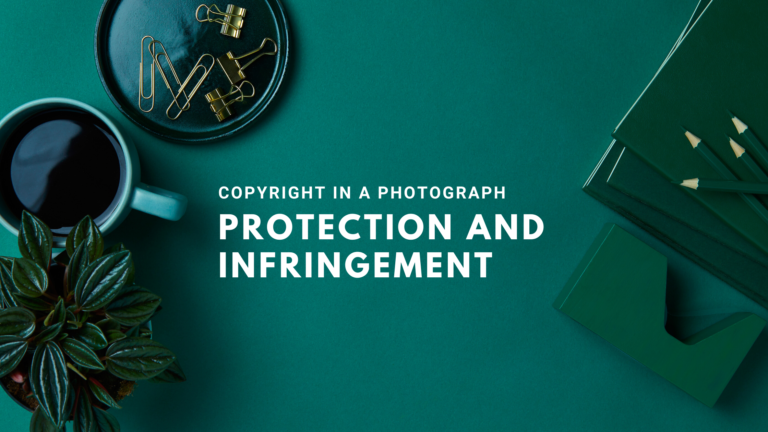P.K. Sen v. Exxon Mobile Corporation and Ors.
P.K. Sen v. Exxon Mobile Corporation and Ors.
2017 (69) PTC 271 [Del][DB]
Plaintiff No. 1 was a company incorporated in USA with no office in India. It was the registered proprietor of the mark EXXON in India. Plaintiff No. 2 Company was Plaintiffs’ wholly owned subsidiary in India. Plaintiff No. 2 carried on business in Delhi. Plaintiff No. 2 claimed to be the permitted user of the EXXON trademark and name in India through a trademark license agreement entered into between the two Plaintiffs in 2010.

Defendant was the proprietor of “EXON Engineering Corporation” and his offices were located in Kolkata.
Plaintiffs filed a suit in Hon’ble High Court of Delhi for infringement of the trade mark EXON and claimed territorial jurisdiction in the Hon’ble High Court of Delhi on the basis of Section 134(2) of the Trade Marks Act, 1999 by claiming that the Plaintiff No. 2 has its registered office within the territorial jurisdiction of the Hon’ble High Court of Delhi and it is a permitted user of Plaintiff No. 1.
The Learned Single Judge of the Hon’ble High Court of Delhi observed that a permitted user falls within the definition of person under Section 134(2) of the Trade Marks Act, 1999 and the use by the permitted user would be deemed to be use by the owner.
Learned single Judge held that the proprietor of a trademark would be deemed to carry on business where the trademark is used and thus as Plaintiff No. 2 is based in Delhi, Hon’ble High Court of Delhi will have territorial jurisdiction to try and entertain the present suit.
Aggrieved by the said order, the Defendant filed the present Appeal. The Division Bench observed as follows:
- The major part of the controversy pertains to the consideration to be given to the expression “person instituting a suit”. This has to be considered in the context of the Trade Marks Act and in the backdrop of the expressions “proprietor of the registered trademark”, “registered user” and “permitted user”.
- As per Section 53 of the Trade Marks Act, 1999 a person referred to in Section 2(1)(r)(ii) shall have no right to institute any proceeding for any infringement. The person referred to in Section 2(1)(r)(ii) is a person other than the registered proprietor and registered user and would obviously include a ‘permitted user’. In other words, the only persons who can bring a suit for infringement of a trade mark would be the registered proprietor himself or the registered user and certainly not a permitted user. Therefore, the Plaintiff No. 2 by itself could not have filed the present suit.
- In case there are multiple plaintiffs, the expression “such persons” in Section 134(2) would obviously refer to persons instituting the suit and would obviously mean the persons who are entitled to institute the suit. It would definitely, in our view, not extend to persons who are disentitled to institute a suit or who do not have a right to institute any proceeding for infringement such as Plaintiff No. 2.
- The word “person” as appearing in Section 134(2) is not restricted to registered proprietor and registered user, but it certainly does not include a permitted user in a suit for infringement of a registered trade mark.
- Therefore, Plaintiff No. 2 could not have been added as a co-plaintiff.
- Even if Plaintiff No. 2 was not a party to the present suit, the Plaintiff No. 1 could not have filed the present suit in Delhi as cause of action has arisen in Kolkata and not in Delhi. The Plaintiff No. 1 has its principal office in USA. Unfortunately, the place where the Plaintiff No. 1 could additionally sue under Section 134(2) would then be in USA which is not available to it because Section 134(2) is in respect of the suits filed in India alone.
- Even if it is assumed that the use of the trade mark by the Plaintiff No. 2 is to be the deemed use of the trade mark by the Plaintiff No. 1 and that the office of the Plaintiff No. 2 in Delhi is the subordinate/branch office of the Plaintiff No. 1, the additional benefit of Section 134(2) of the said Act would not be available to the Plaintiff No. 1.
The plaint was returned on account of lack of territorial jurisdiction.

